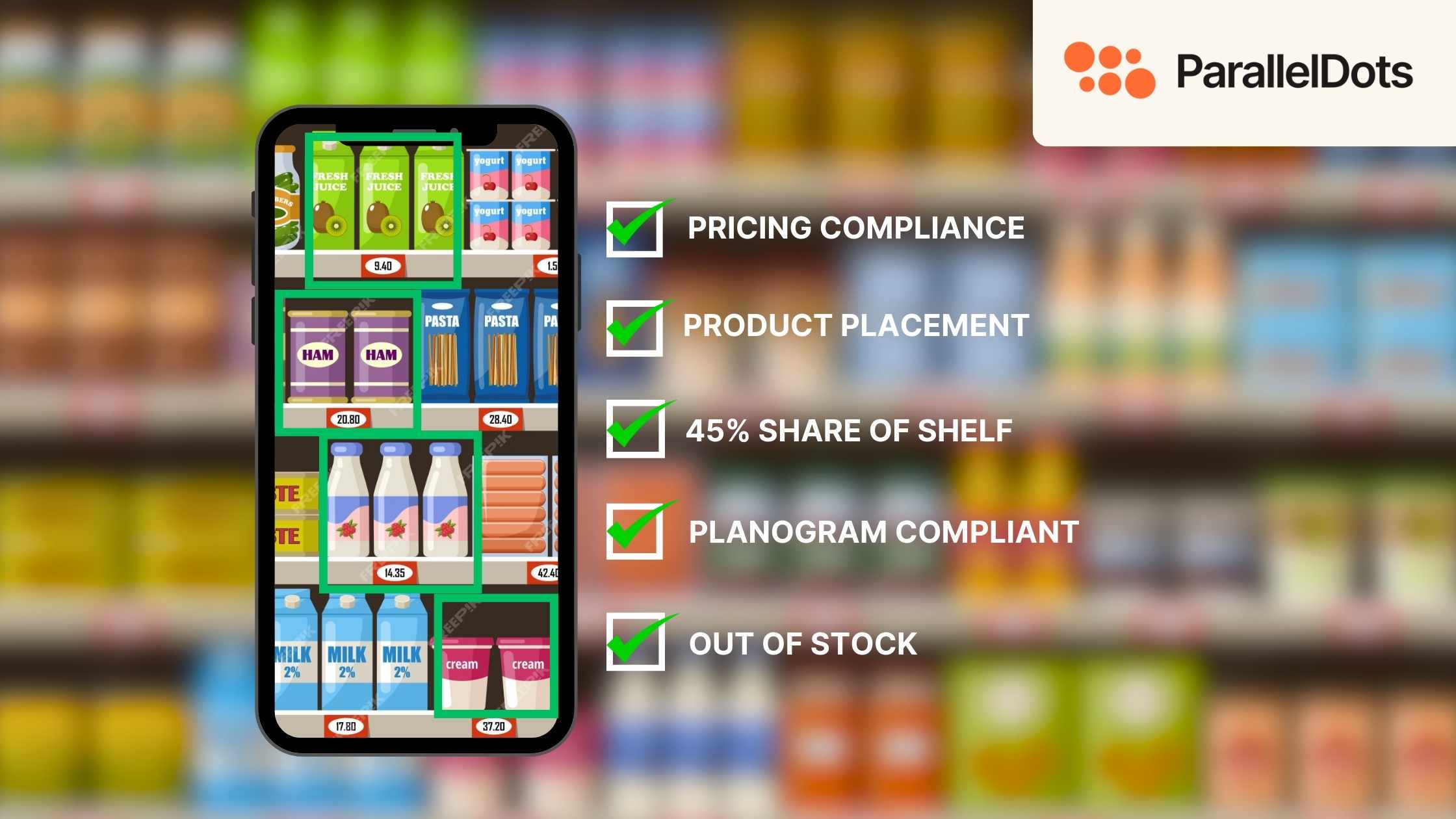Visual Object Detection
Since the industrial revolution, humanity has made tremendous progress in manufacturing. With time we have seen more and more of mundane manual work being replaced by automation through advanced engineering, computers, robotics and now IoT. We believe that recent advances in AI (or Deep Learning to be more precise) will help accelerate this trend towards automation in a fascinating way. This is because AI adds one very critical component that the factories have been missing till today — “The ability of machines to see”. With computer vision-enabled robots, a lot of new and unexplored territories of automation can now be explored.
“Object Detection” is a branch of Computer Vision that deals with finding specific objects (like humans, RedBull Cans, cartons of RedBull Cans, etc) from an image. With this, blog, we will make a case about why Object Detection is a key building block for manufacturing automation and how you should think about it.
So, what really is object detection?
Computer Vision is the field that deals with empowering computers the ability to ‘see’ things like humans. Object Detection is a basic visual perception task and one of the key areas of applications of Computer Vision. It essentially deals with finding and locating specific objects within an image.

For detecting generic objects (like a car, person, table, tree) there are open-source and pre-trained models like Yolo available. However, if you want an algorithm to detect very specific objects (like a ‘small raw tomato’ or a ‘large ripe tomato’), you will need to train an object detection algorithm of your own.
Use Cases of Visual Object Detection in Manufacturing
Finding a specific object through visual inspection is a basic task that is involved in multiple industrial processes like sorting, inventory management, machining, quality management, packaging, etc. In this blog, we discuss a few such use cases to help the reader build an intuitive understanding of how this technology can be applied in any new manufacturing environment.
Quality Management
To date, the quality control part of the manufacturing cycle continues to be a difficult task due to its reliance on human-level visual understanding and adaptation to constantly changing conditions and products. With AI, most of these complications can be handled. AI can automatically distinguish good parts from faulty parts on an assembly line with incredible speed allowing you enough time to take corrective action. This is a very useful solution for dynamic environments where product environments are constantly changing, and time is valuable to the business.

Inventory Management
Inventory management can be very tricky as items are hard to track in real-time, something is always added, removed and moved every day. Poor Inventory management can hurt the company both in terms of capital and time. AI system can perform automatic object counting and localization that will allow you to improve inventory accuracy. AI automation removes human error from the equation by accurately counting your holding and outgoing inventory. When automated, businesses will order the right quantity of products at the best possible price, ensuring that no money is wasted on inaccurate or extraneous orders.
Visual Object Detection in sorting
Manual sorting involves the high cost of labor and accompanying human errors. Even with robots, the process is not accurate enough and is still prone to a discrepancy. With AI-powered Object Tracking the objects are classified as per the parameter selected by the manufacturer and statistics of the number of objects is displayed. It significantly reduces the abnormalities in categorization and makes the assembly line more flexible. For example, in Agriculture industries Sorting plays a critical role in the assembly line. It is imperative for the company to identify and discard damaged fruits/vegetables which can affect the finished product. Ai powered Object Detection can help transform this tedious and manual process into an efficient and automated process while maintaining the same if a not better level of accuracy.
Assembly Line
Today we have fully automated assembly lines even for complex products like cars. However, each movement of robotic arms and raw materials/components are defined and played as per a script. To give the modern automatic assembly line more flexibility, it is important to teach machines to locate and move different products/components accurately. AI-powered object detection opens the doors to this possibility.

How does custom object detection work?
There are several challenges that need to be taken into account when performing customized object detection for a niche use case in a manufacturing set-up. Objects come in different shapes, sizes, orientations, colors, and a real-world factory environment that has additional noise coming from variation in viewpoint, illumination, occlusions, and shadows. On the algorithm side, you need to ensure that the desired accuracy is achieved without the need for arranging too many (in order of thousands) of training examples.
At ParallelDots, we are launching a custom object detection API that helps clients deal with such challenges. It is based on our proprietary approach that uses a combination of Fully Convolutional Network and Convolutional Encoder-Decoder to perform accurate object detection with less than 50 (unlabelled) training images.
Read our previous blog to know more about the eye tracking tool SmartGaze.
Want to improve the revenue of your business? Click here to schedule a free demo.





.jpg)
.jpg)
